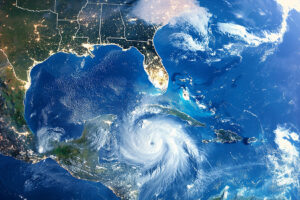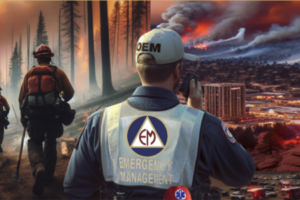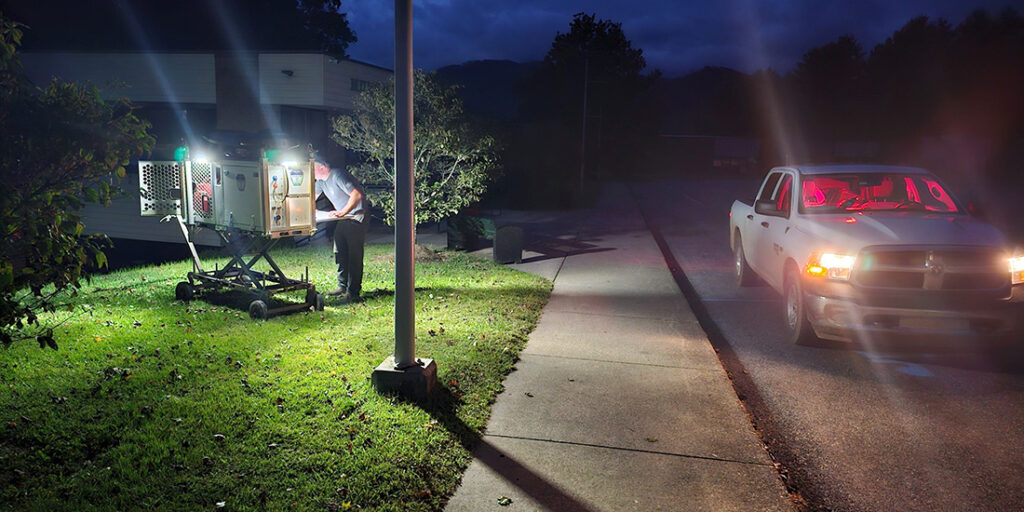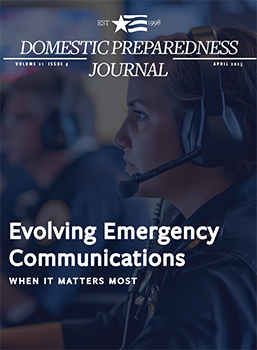Today's Top Picks

High-Consequence Decisions: What It Takes
In September 2016, more than 30 people gathered at the Harvard Faculty club to discuss topics related to leadership and the decision-making process. Most in the room had been faced with making critical life-and-death decisions at some point in their careers, and some on a regular basis. These participants were asked to share their knowledge about what it takes to make high-consequence decisions.

Summer Air Traffic Delays – Warnings vs. Reality
The aviation system remains a prime target for terrorists. The traveling public, airlines, and airports grew impatient in the face of long security lines. As a result, the Transportation Security Administration (TSA) was often in the news, until its leaders undertook a systematic process of transformation to both enhance security and minimize inconvenience for the traveling public.

The Human Factors in Leadership Decision Making
Preparedness and response organizations have realized many benefits from adopting the Incident Command System (ICS) and similar formal management structures. Performance, however, depends on how people behave as humans within that system – particularly in stressful, fast-moving environments. Integrating behavioral training into ICS training may help improve performance and outcomes.

Cambridge Police Introduce First-of-Its-Kind Trauma Training for Officers
On 7 June 2016, the Cambridge (Massachusetts) Police Department conducted a law enforcement officer training at the Massachusetts Institute of Technology (MIT) to help bridge the understanding gap between officers and the citizens they serve. The training included more than 20 Cambridge career police officers and more than 15 representatives from collaborating local service providers.
Trending
 Emergency Management has Evolved: Why the… by Chas Eby While initially useful, the term “all hazards” no longer accurately describes the functions or mission of the emergency management discipline.…
Emergency Management has Evolved: Why the… by Chas Eby While initially useful, the term “all hazards” no longer accurately describes the functions or mission of the emergency management discipline.… Imagining the U.S. Without Power: A Dual-World EMP Exercise by Charles (Chuck) L. Manto, K. Luke Reiner and Dave Hunt A dual-world tabletop exercise simulating an electromagnetic pulse event in Chicopee, Massachusetts, revealed startling discrepancies in outcomes between the city’s…
Imagining the U.S. Without Power: A Dual-World EMP Exercise by Charles (Chuck) L. Manto, K. Luke Reiner and Dave Hunt A dual-world tabletop exercise simulating an electromagnetic pulse event in Chicopee, Massachusetts, revealed startling discrepancies in outcomes between the city’s… Elevating Healthcare Emergency Preparedness… by Kathryn Romanchuk and Ben Kobliner Overlooked until disaster strikes, many emergency management departments struggle with personnel and budgetary constraints, yet the demand placed on these…
Elevating Healthcare Emergency Preparedness… by Kathryn Romanchuk and Ben Kobliner Overlooked until disaster strikes, many emergency management departments struggle with personnel and budgetary constraints, yet the demand placed on these… The Forefront of Innovation in Training &… by Arthur J. Simental Disaster wargaming may significantly change the future of tabletop exercises in emergency management and homeland security. Long used effectively to…
The Forefront of Innovation in Training &… by Arthur J. Simental Disaster wargaming may significantly change the future of tabletop exercises in emergency management and homeland security. Long used effectively to…Trending
 Elevating Healthcare Emergency Preparedness… by Kathryn Romanchuk and Ben Kobliner Overlooked until disaster strikes, many emergency management departments struggle with personnel and budgetary constraints, yet the demand placed on these…
Elevating Healthcare Emergency Preparedness… by Kathryn Romanchuk and Ben Kobliner Overlooked until disaster strikes, many emergency management departments struggle with personnel and budgetary constraints, yet the demand placed on these… The Forefront of Innovation in Training &… by Arthur J. Simental Disaster wargaming may significantly change the future of tabletop exercises in emergency management and homeland security. Long used effectively to…
The Forefront of Innovation in Training &… by Arthur J. Simental Disaster wargaming may significantly change the future of tabletop exercises in emergency management and homeland security. Long used effectively to… Emergency Management has Evolved: Why the… by Chas Eby While initially useful, the term “all hazards” no longer accurately describes the functions or mission of the emergency management discipline.…
Emergency Management has Evolved: Why the… by Chas Eby While initially useful, the term “all hazards” no longer accurately describes the functions or mission of the emergency management discipline.… Imagining the U.S. Without Power: A Dual-World EMP Exercise by Charles (Chuck) L. Manto, K. Luke Reiner and Dave Hunt A dual-world tabletop exercise simulating an electromagnetic pulse event in Chicopee, Massachusetts, revealed startling discrepancies in outcomes between the city’s…
Imagining the U.S. Without Power: A Dual-World EMP Exercise by Charles (Chuck) L. Manto, K. Luke Reiner and Dave Hunt A dual-world tabletop exercise simulating an electromagnetic pulse event in Chicopee, Massachusetts, revealed startling discrepancies in outcomes between the city’s…Trending
Emergency Management has Evolved: Why the… by Chas Eby While initially useful, the term “all hazards” no longer accurately describes the functions or mission of the emergency management discipline.…
Imagining the U.S. Without Power: A Dual-World EMP Exercise by Charles (Chuck) L. Manto, K. Luke Reiner and Dave Hunt A dual-world tabletop exercise simulating an electromagnetic pulse event in Chicopee, Massachusetts, revealed startling discrepancies in outcomes between the city’s…
Elevating Healthcare Emergency Preparedness… by Kathryn Romanchuk and Ben Kobliner Overlooked until disaster strikes, many emergency management departments struggle with personnel and budgetary constraints, yet the demand placed on these…
The Forefront of Innovation in Training &… by Arthur J. Simental Disaster wargaming may significantly change the future of tabletop exercises in emergency management and homeland security. Long used effectively to…
Domestic Preparedness Journal
Featured in this issue: Editor’s Note: Emergency Communications—Tough Lessons From the Maui Wildfires, by Catherine L. Feinman; Emergency Alerts: The Missing Link, by Rodrigo (Roddy) Moscoso; Hidden Barriers to Public Safety Interoperability, by Gabe Elias; AI Software in 911 Dispatch Centers: An Innovative Solution, by Tanya M. Scherr; A Systems Thinking Approach to Improving Emergency Communications, by William Chapman; Connectivity: The Foundation of Disaster Response and Preparedness, by Cory Davis; Know the Audience: Five Keys to Effective Communication, by Marc Hill; Bridging Communication Gaps: Lessons From Hurricane Helene, by Greg Hauser; A Regional Approach to Public Safety Communications Planning, by Charles (Charley) Bryson
Articles Out Loud

Article Out Loud – Disaster Stress Management in an Emergency Operations Center
May 7, 2025
Disasters affect responders and community members, but they also bring trauma to those working inside emergency operations centers. Distance from

Article Out Loud – A Holistic Strategy for Responders’ Well-Being
May 7, 2025
This is an article by Camilo Olivieri, an Article Out Loud from Domestic Preparedness, May 7, 2025. First responders and






Data Accountability: Starting Over With a New Administration